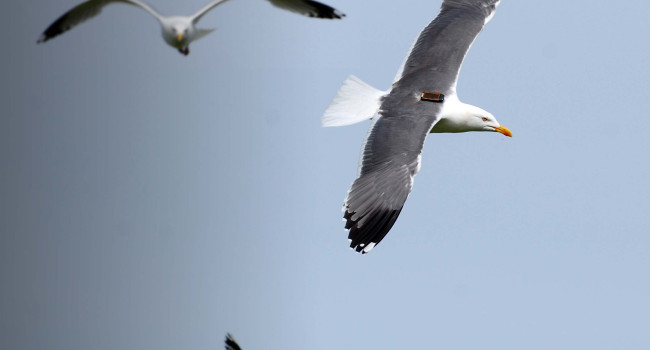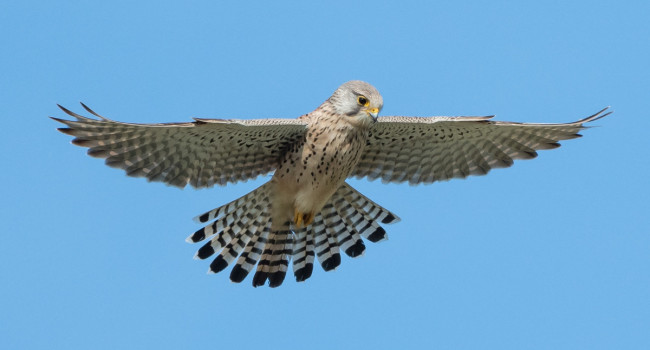The 2013 breeding season – boom or bust?
With March temperatures 3.3 °C below average and the mean spring temperatures of 6.0 °C, 1.7 °C below the long-term average, it is no wonder fieldworkers required winter clothes at a time of year when the weather is normally starting to warm. BTO volunteers across the country were undeterred, however, though it was a struggle at times, as amply illustrated by Allan from Shropshire who reported struggling to find his hedge under the snow let alone the nest he’d seen a Blackbird carrying moss to!
CES, NRS and RAS are three of our long-term demographic studies which provide data on breeding success and survival rates, helping us to understand the mechanisms behind the changes in bird numbers identified by surveys such as the Breeding Bird Survey. It is thanks to our dedicated volunteers that we are able to assess just how bad the 2012 breeding season was and by the end of the year we will have results for 2013 – whether they are similarly dire remains to be seen.
Many ringers and nest recorders have already given us their first impressions of the 2013 season. It is undoubtedly running late – by as much as five weeks for some species – but many people are now more positive about how productive some species have been. CES ringers are certainly reporting reasonable numbers of juvenile warblers, though many are missing flocks of Long-tailed Tits, and many nest recorders are now finding unexpected Great Tit second broods.
More information is available on the individual reports from CES, RAS and NRS the three surveys follow the links.











Share this page